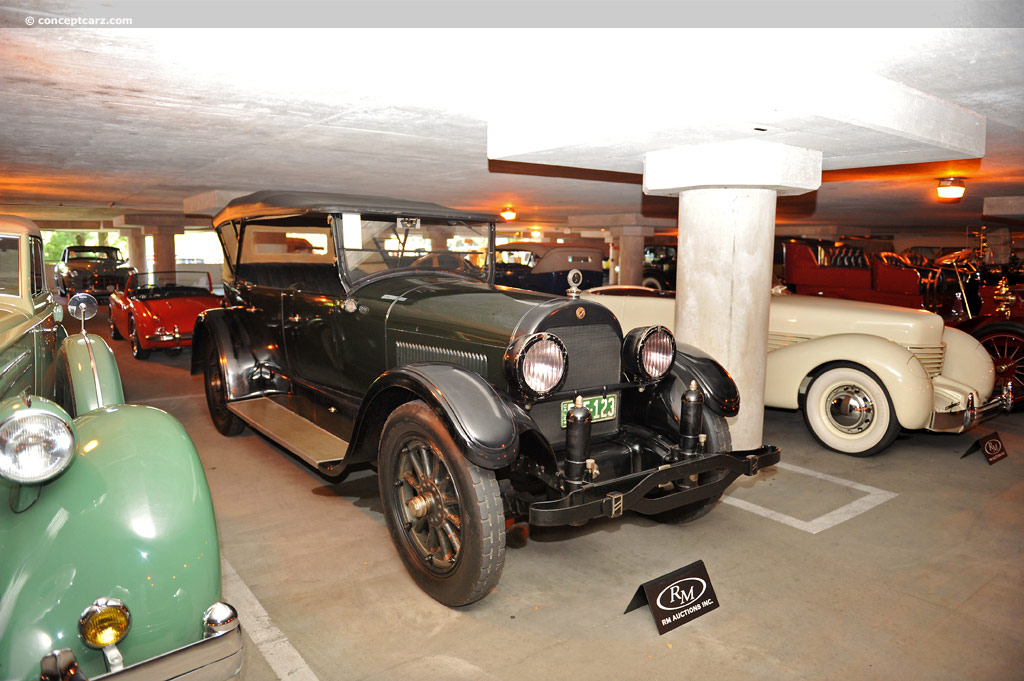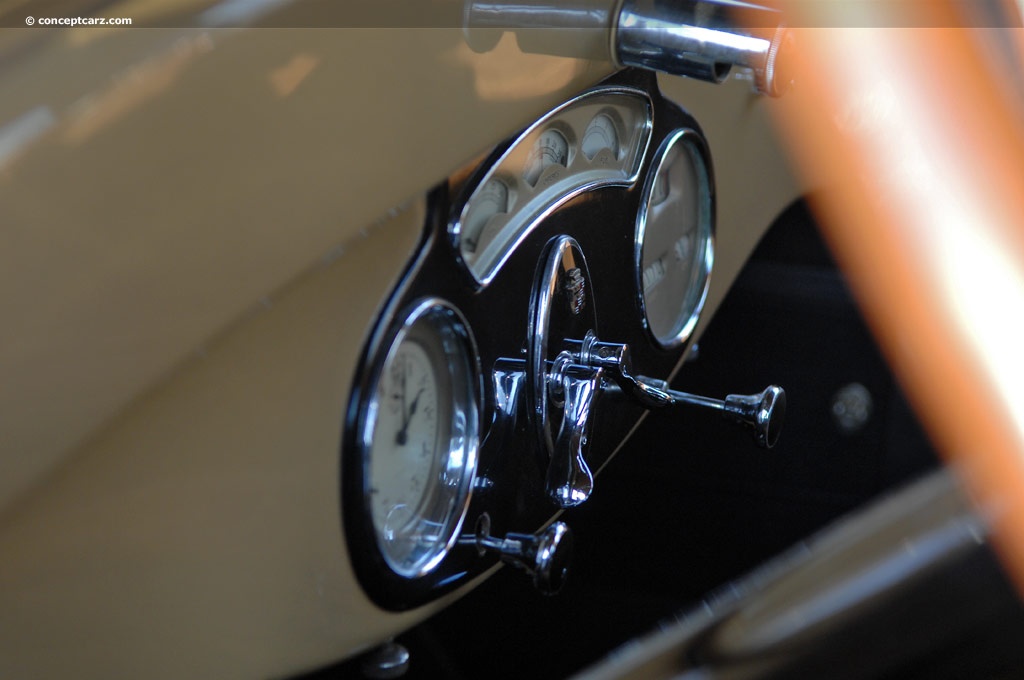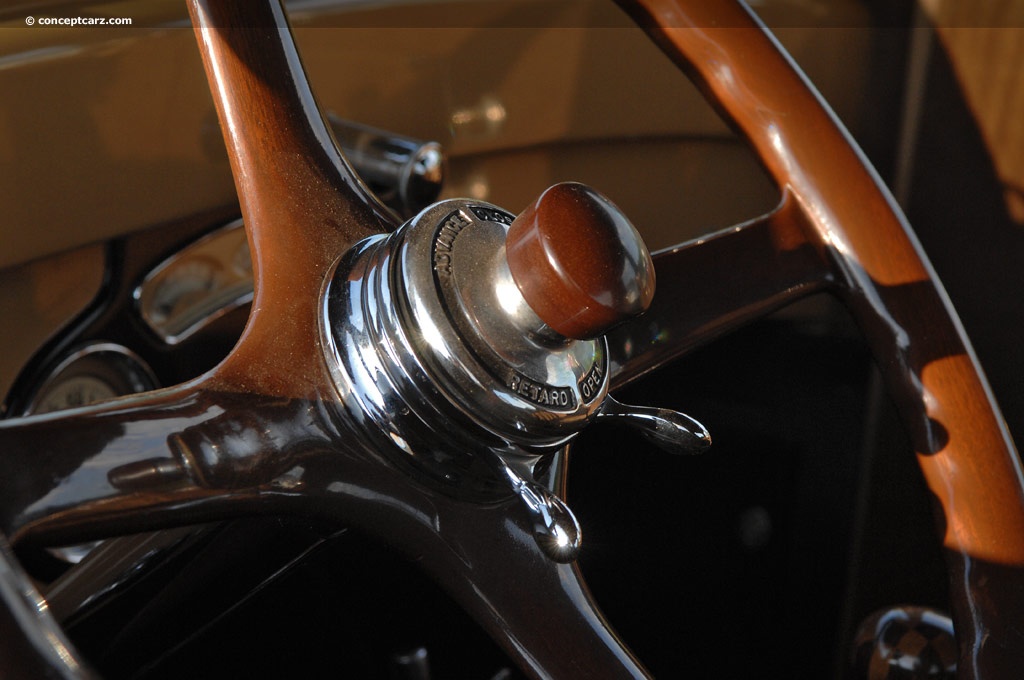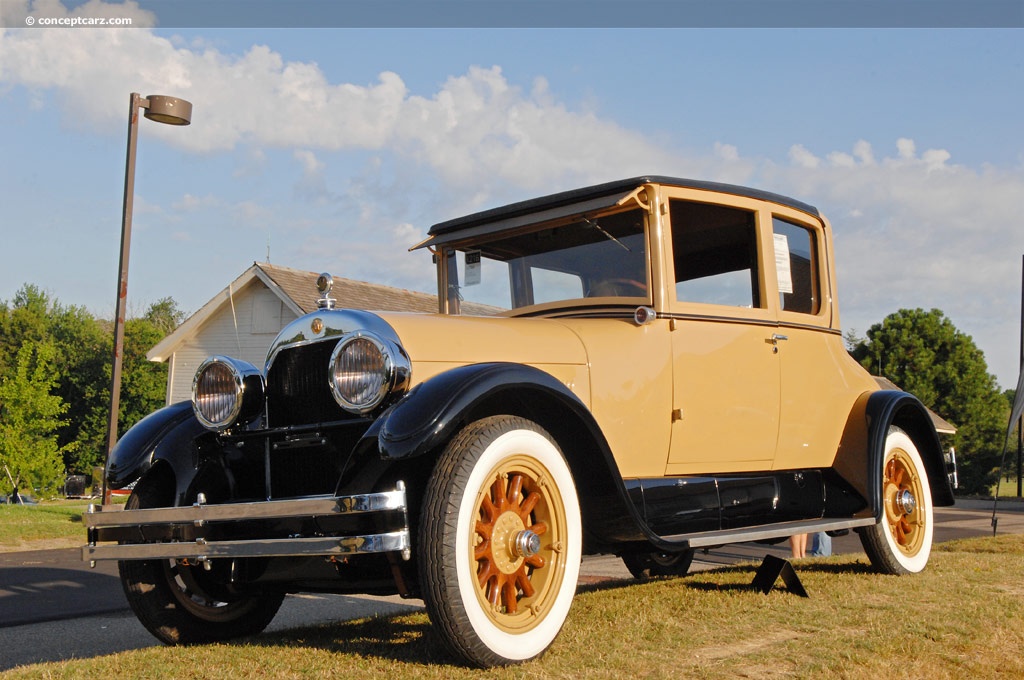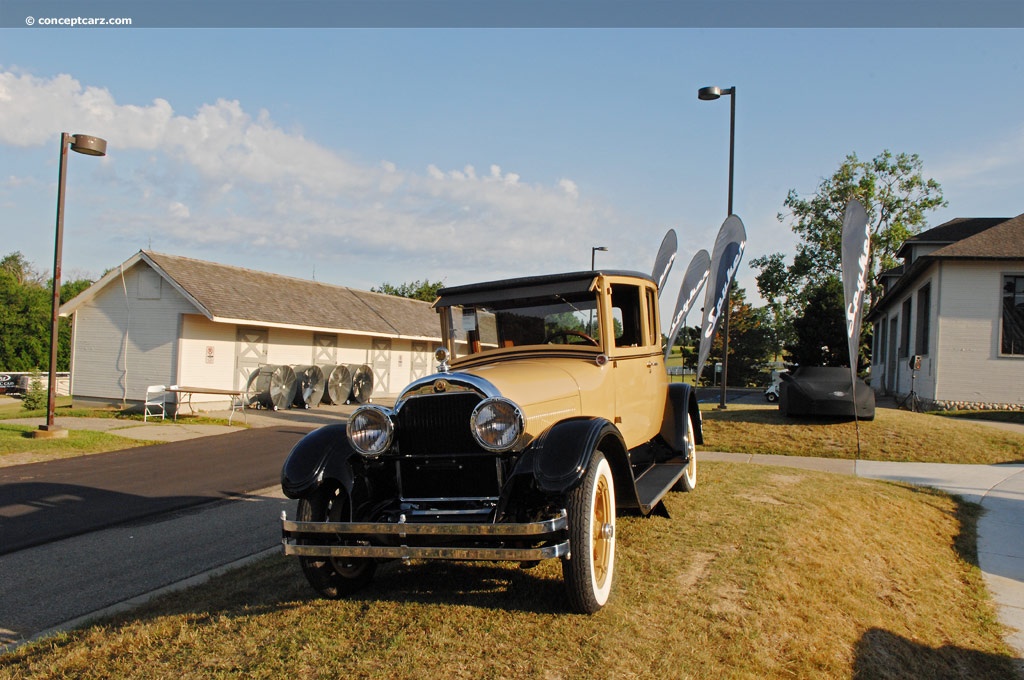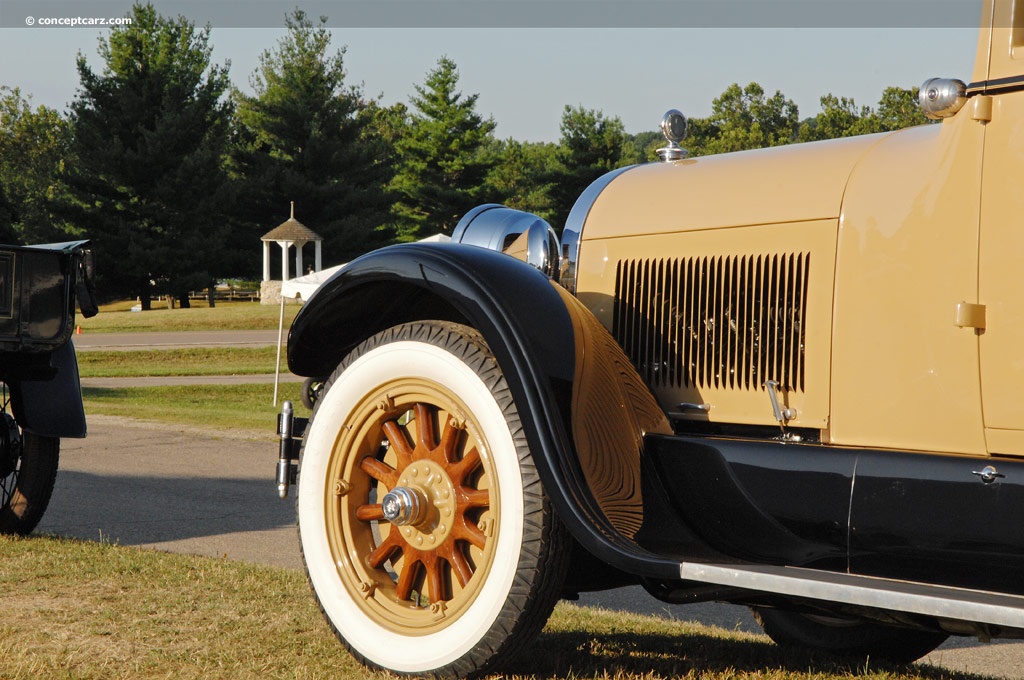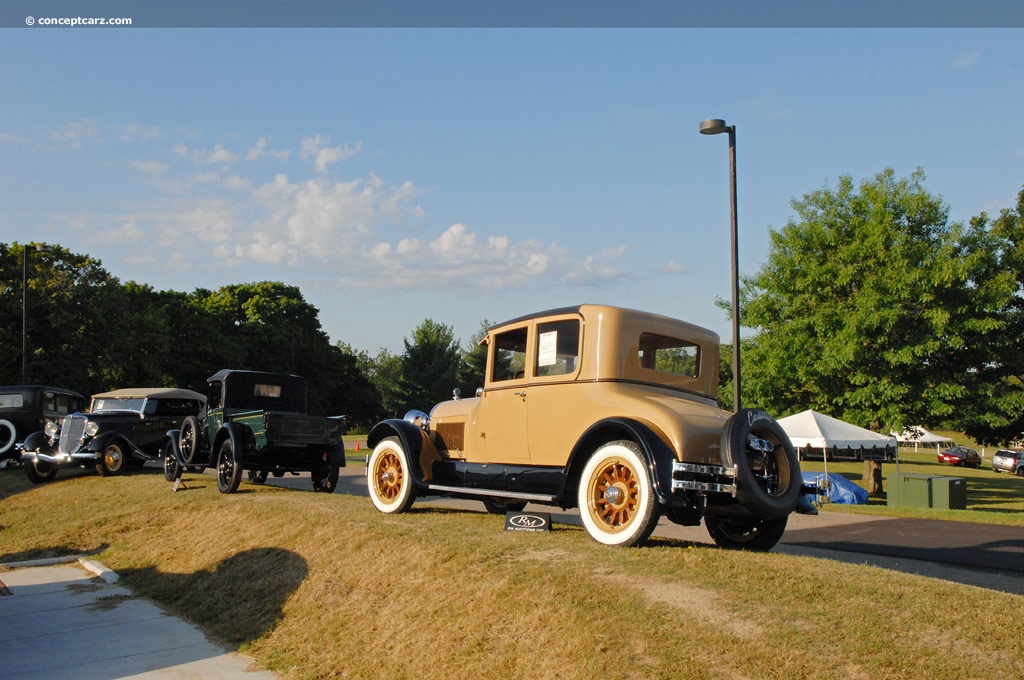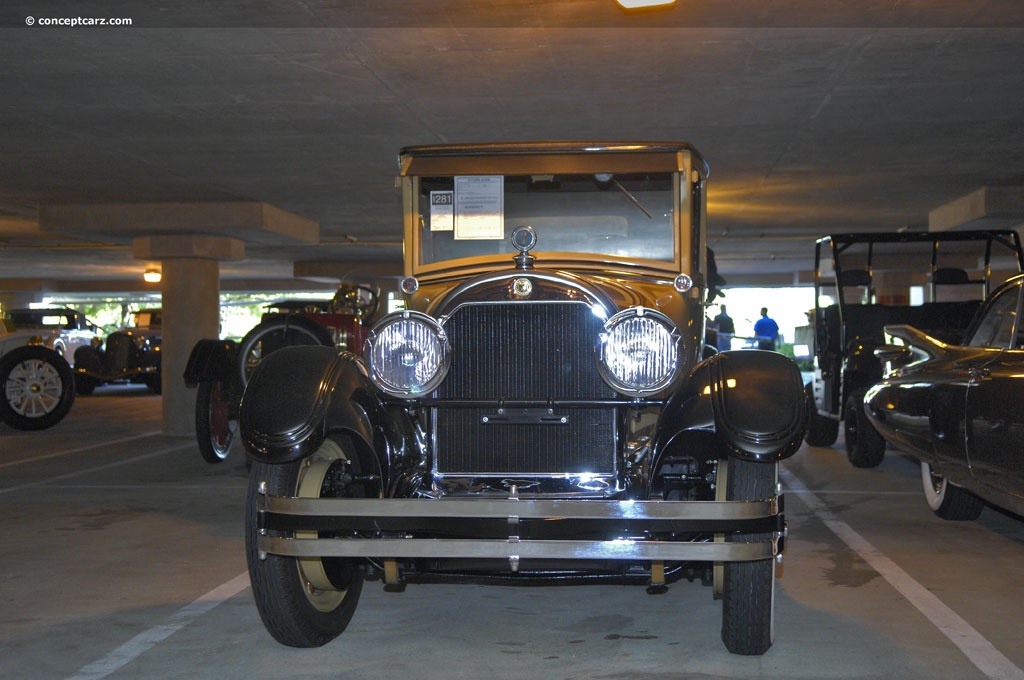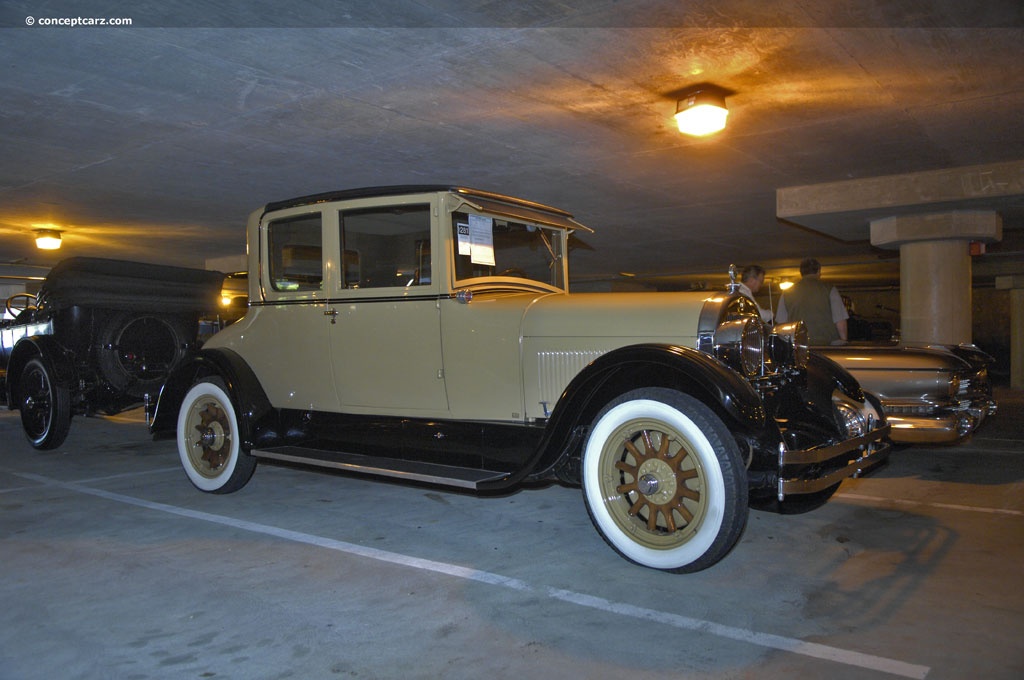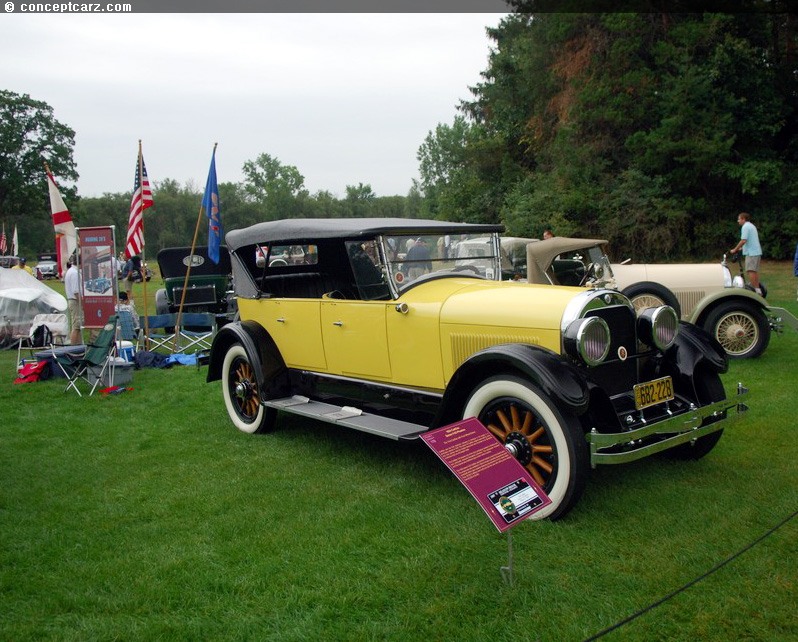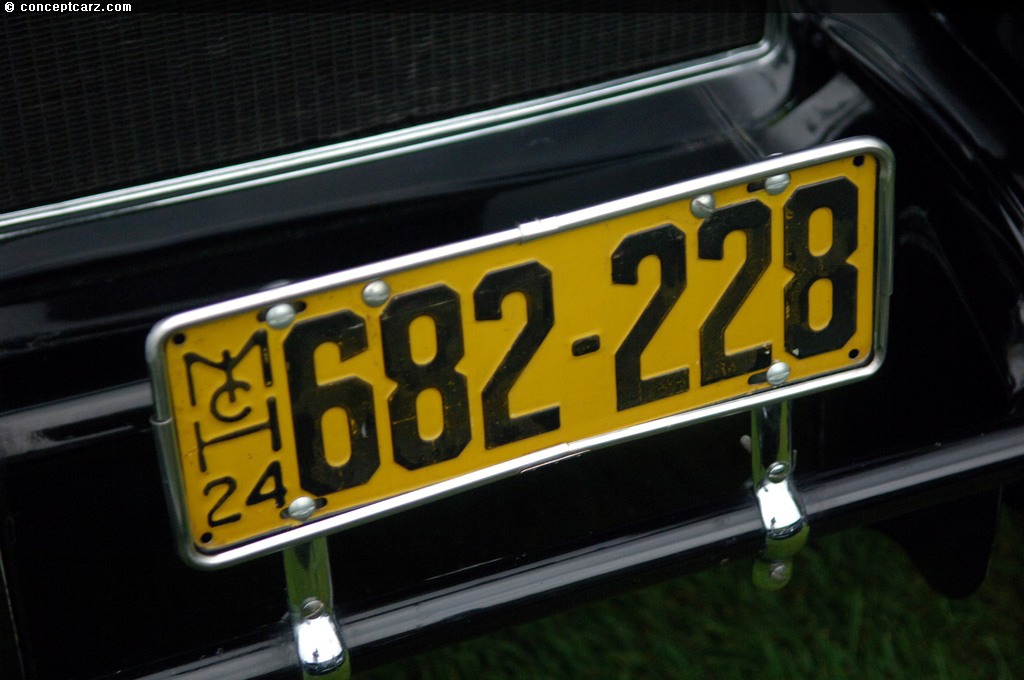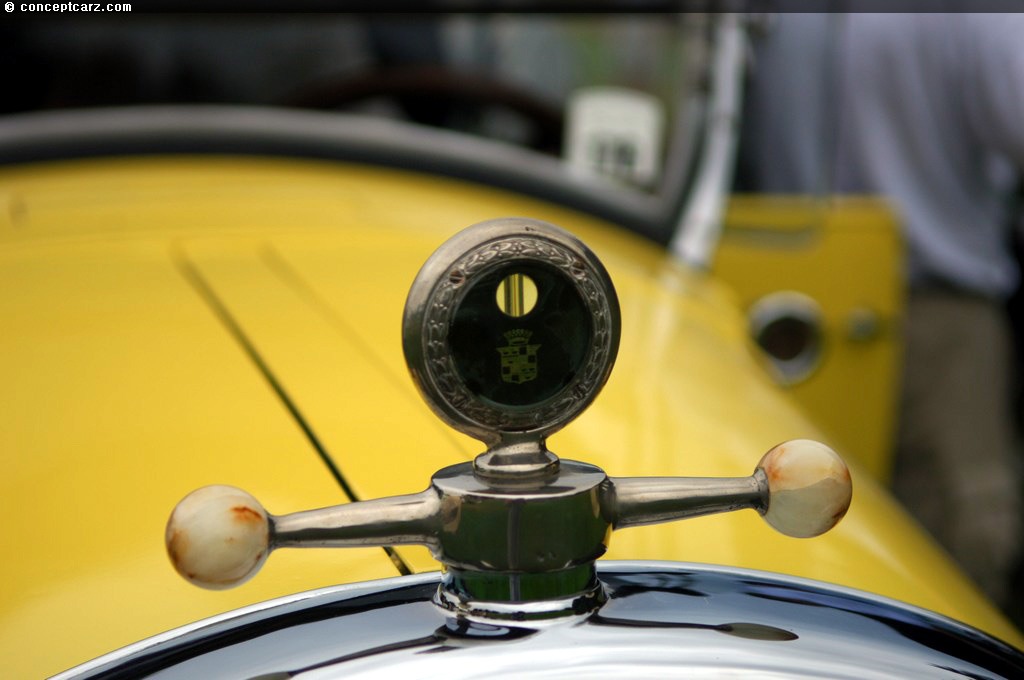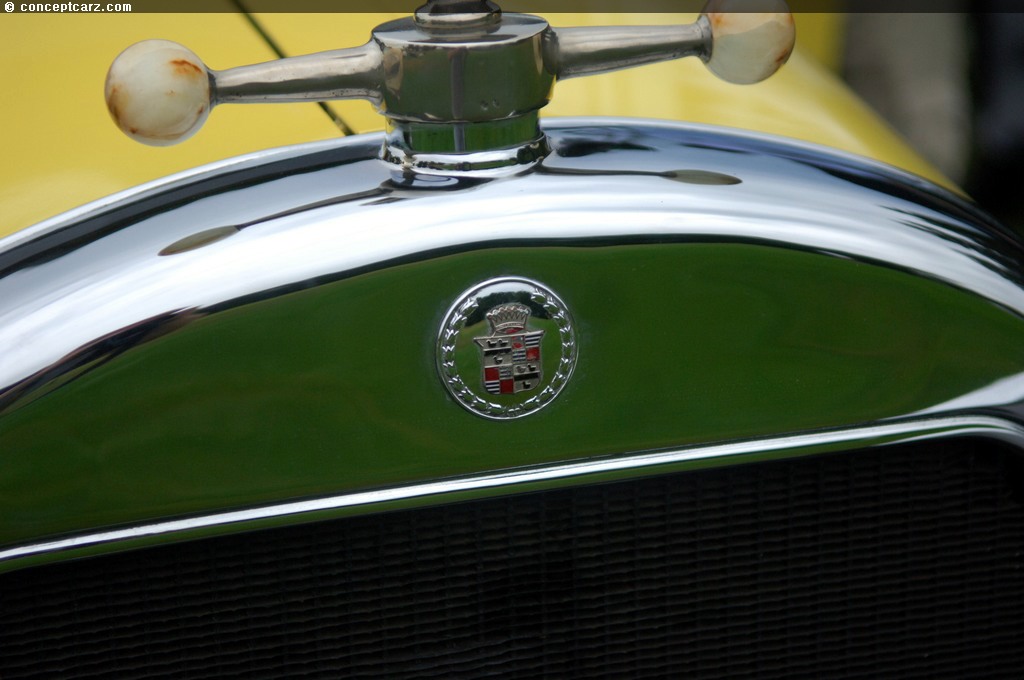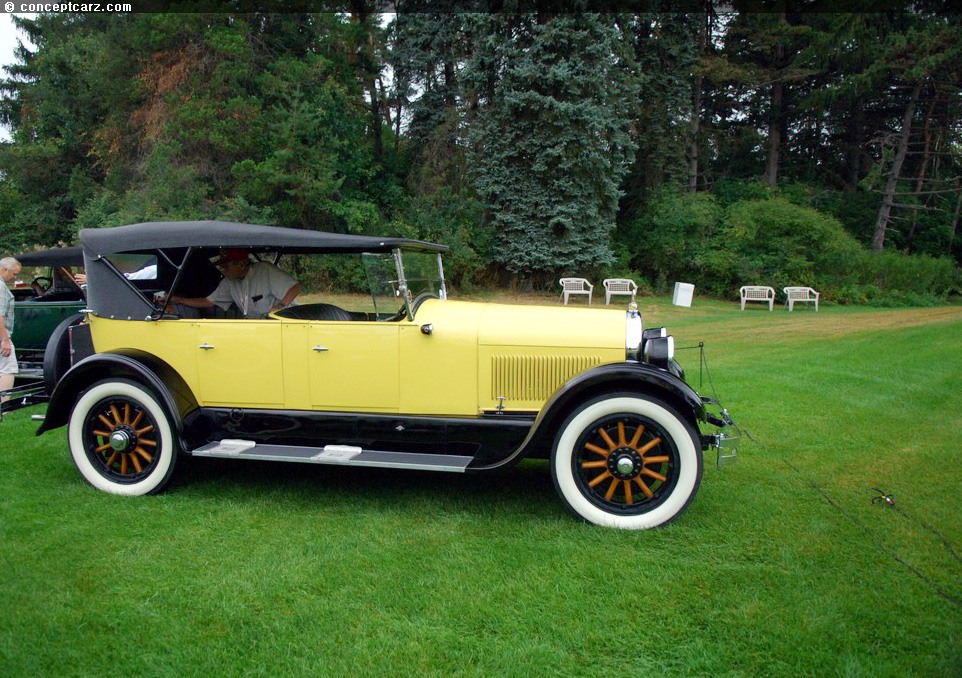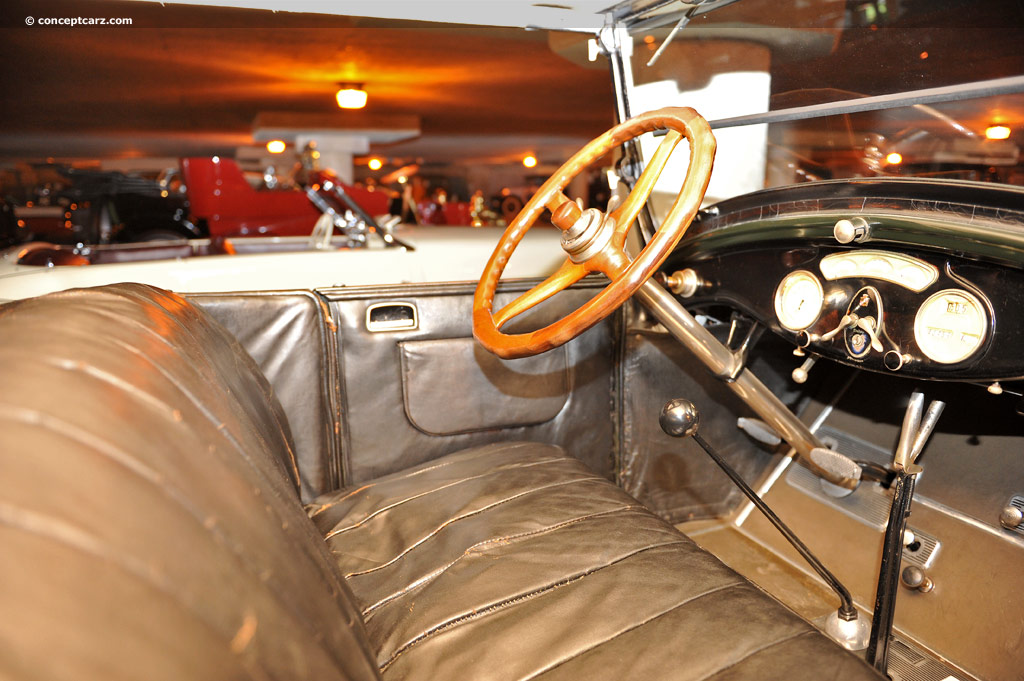The Cadillac Automobile Company of Detroit, Michigan was founded by Henry Leland and Robert Faulconer and completed its first car in October of 1902. The company’s precision gear cutting and superior manufacturing technology helped establish a reputation as the foremost builder of quality cars in the United States.
The early Cadillac automobiles were simple runabouts powered by a single-cylinder engine – known as ‘Little Hercules.’ From these humble beginnings evolved an expanding range of vehicles, including a large four-cylinder luxury car, followed by a new medium-priced car called the Model 30, introduced in December of 1908. Being among the pioneers of the V8 engine, Cadillac introduced its first such powerplant for the 1915 model year. The L-head, 314 CID unit would go through a number of improvements throughout the years, gaining detachable cylinder heads in 1918 and an inherently balanced ‘cross-plane’ crankshaft for 1924, before undergoing wholesale revision in its detail design for 1927 and enlargement to 341ci (5.6 liters) the following year.
Cadillac produced over 160,00 V8-engined automobiles by the close of 1923, including 2,000 that were sent overseas during World War I as staff cars. Ernest Seaholm, the newly promoted chief engineer, would oversee Cadillac’s technical development for nearly twenty years, including the first major redesign of the V-8. At the time, the traditional assembly of a V-8 was to use two four-cylinder engines on a common ‘flat’ crankcase. Although it worked, it was subject to inherent imbalance. Cadillac’s V-8 for 1924 was balanced, built the way all V-8s are made today, using a two-plane crankshaft counterweighted with rod journals at 90-degrees to one another. Along with a lighter flywheel, the engine was remarkably smooth and more powerful. Chain adjustments were no longer needed, and the rocker arms and plate were redesigned.
The 90-degree V8 used a cast-iron block of four on the aluminum crankcase, three main bearings, rockers with roller cam followers acting on mechanical lifters, and a float-feed carburetor manufactured by Cadillac under C.F. Johnson patents. It was backed by a three-speed selective sliding gearbox, case in unit with the engine, with multiple disc, dry plate clutch.
Another major improvement to the new V-63 model was four-wheel braking, using a mechanical system rather than hydraulic, as used by Chrysler and Duesenberg.
Eleven catalog body styles were available, ranging in price from $3,085 for the tourer to $4,600 for the flagship limousine. The V-63 was a technical marvel and a tremendous success for Cadillac, with 25,000 examples sold in its two-year production run.
The V-63 bodies resembled the earlier Type 61 models, with a few exceptions, including the ventilator door was now flush within the cowl, and all-nickel bowl-shaped headlamps replaced the bell-shaped ones. Other subtle updates included softened rear quarter and rooflines, a longer hood, and increased radiator height.
